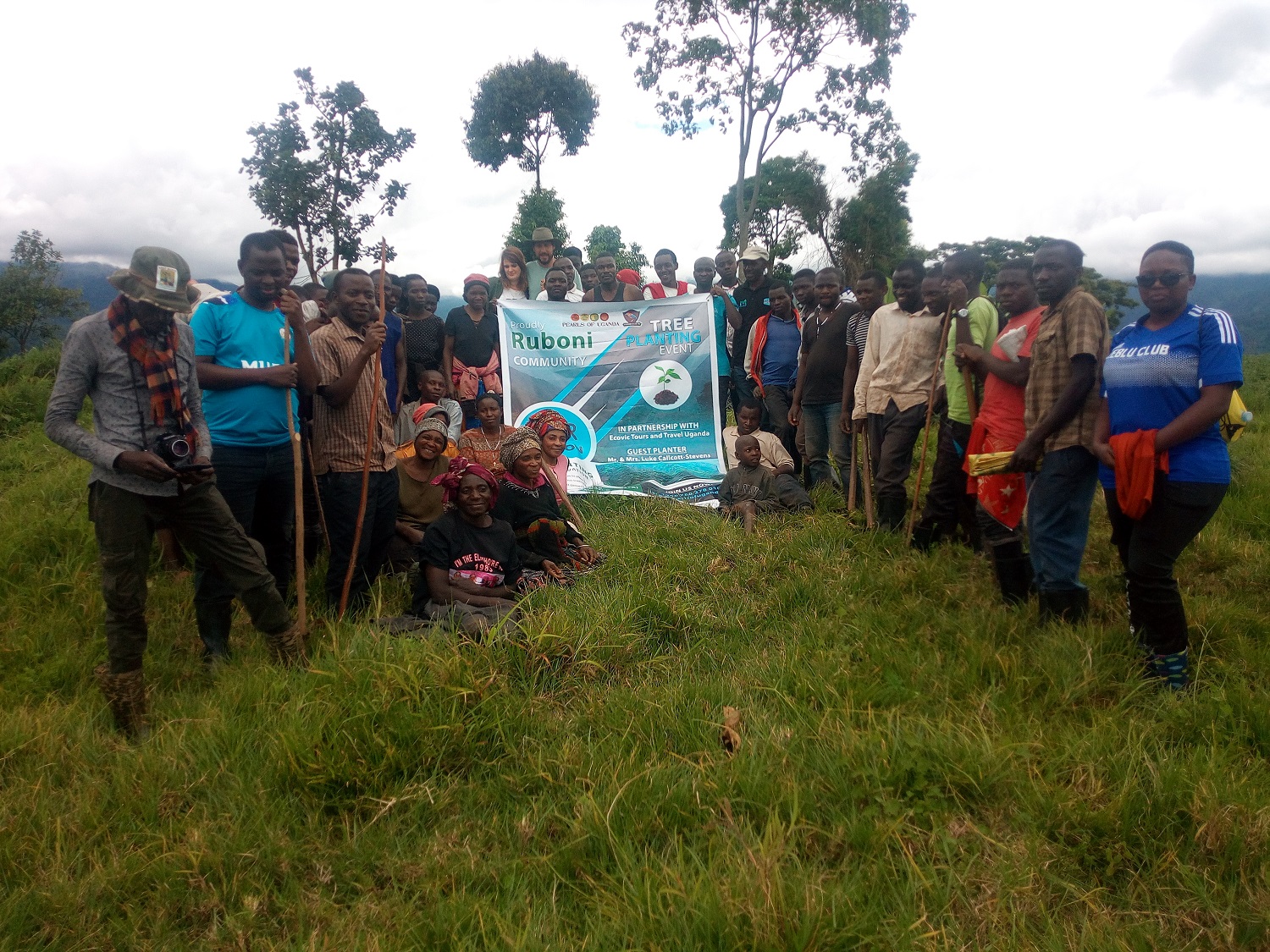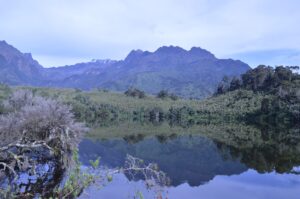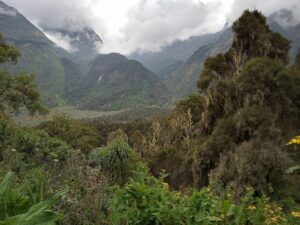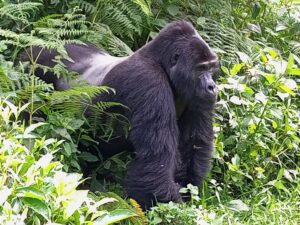Partnerships are the lifeline of the buffer conservation project. It is the main way communities are able to acquire and consolidate local resources to build a firm ground for conservation and community development initiatives. Community partnerships range from putting together land, contributing labor through communal work, increasing the community voice and influence. This leads to winning the interest of foreign partners and joint result ownership.
Successful community private sector partnerships have been evident in all three sites of the buffer zone conservation initiative projects. Originally initiated in Ruboni Community by the Ruboni Community Conservation and Development Program (RCCDP), the recent of the kind is the one in Kahondo village neighboring Kibale National Park, where land was created and put aside for conservation. Ruboni community was implemented on a raw ground of try and error while Kahondo community has been implemented on a well-informed ground after it has evolved well.
The best of the kind to demonstrate the partnerships in communities is the Kikorongo community near Queen Elizabeth national park. of the three sites, it comes one generation after Rwenzori and one generation before the Kahondo community project.
Kikorongo community conservation and tourism initiative is one of the three parts of the Buffer zone conservation initiative. It is tripartite in nature. It started with the mobilization and self-motivation of the community to start conservation.
The challenge that rose was, the community didn’t have land. Most of the community members in this village live as squatters and tenants on private land. During mobilization, one farmer offered his land and was then followed by five other farmers over time creating a collective plot totaling 17 acres. After the land was available, Rainforest and community tours sponsored the construction of a lodge on the land. This lodge is the elephant home.
The project is driven by the three partners whereby the landowner and Rainforest and Community Tours run the lodge that generated benefits to the entire community in form of jobs, markets for local goods and services, financial support, partnerships generation, and an economic nucleus that empowers the whole village. The three parties have formed three institutions that oversee the project. These are; (1). Youth United against Pollution and Poverty (YUPPO), (2). The landowner as private household and (3) the elephant home, lodge. All the three are brought together by the elephant home, group, registered as a CBO that is run collectively by representatives from the three partners.




